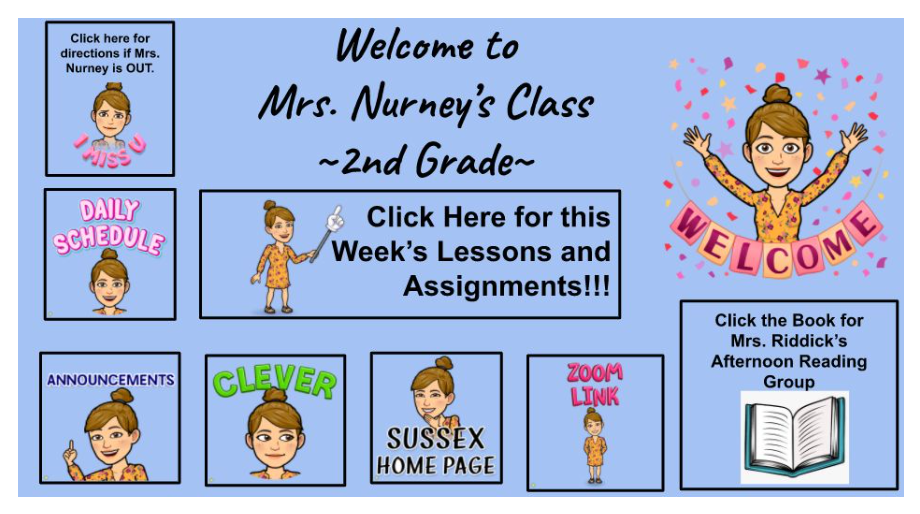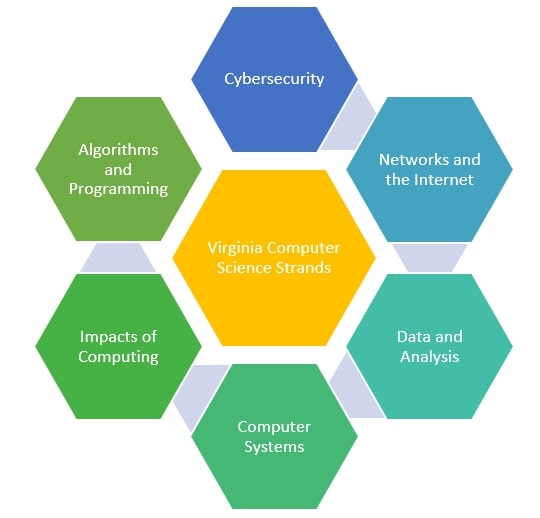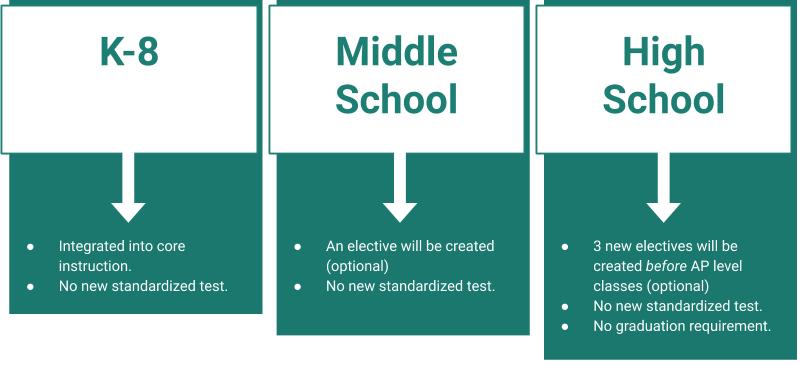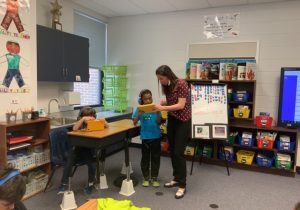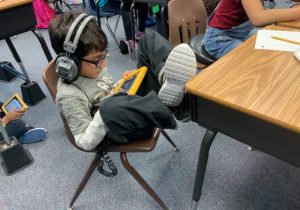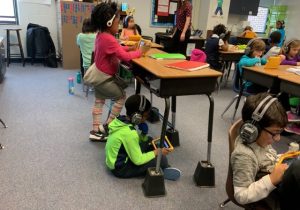As we look back throughout the year, we have all been “encouraged” to pursue current technologies differently. This is especially true for our youngest students. However, this is not necessarily, a negative thing. As an ITRT for the past 12 years, I have discovered that educators, including myself, often underestimate our students’ abilities. As teachers, we need to let go and allow our students the opportunity "to explore” and demonstrate their knowledge. This can be challenging when our students are in front of us in the classroom, however, as we have learned, it can be even more challenging for our remote students.
For those of you who connected with us at the VSTE Annual Conference virtually this year, you may have had the opportunity to check out Christine Danhoff’s session, Yes, Littles Can! If you did not get the chance, I would encourage you to view the recording on the VSTE Video YouTube channel. Christine Danhoff shares several resources that you will be able to use with your elementary students today. One of the core concepts she reiterates is we should give students the freedom to play and explore different programs before we utilize them for instruction. She demonstrates ways to utilize Google Suite and SlidesMania to design creative and playful lessons. Christine Danhoff also shares ways to incorporate favorite programs like Flipgrid and Seesaw to create developmentally appropriate activities your students will genuinely enjoy and learn from.
Another great presentation video to check out on the VSTE YouTube channel is Engagement Strategies for Today's Hybrid or Distance Learning Classroom presented by Barbara Huth from Common Sense Media. She demonstrates strategies such as how to use Flipgrid for a Think, Pair, Share, or ways to brainstorm with Jamboard.
Check out the VSTE Video YouTube channel and both of these outstanding presenters. They have excellent ideas and tips to assist you in making your classroom more engaging whether you are teaching remotely or in person.
Heather O’Brien is a VSTE Board Member and an Instructional Technology Resource Teacher in Culpeper County Public Schools.

